Remember, effective anti-aging involves more than just treatments like Botox; it starts with fundamental skin health.
Alongside sunscreen, using active skincare ingredients such as Retinol, Vitamin C, and Niacinamide are necessary to enhance your skin’s health and appearance. Educating yourself about these products and their benefits will help you build a more effective anti-aging regimen, making the most of treatments like Botox in your overall anti-aging strategy.
Supporting your skin with these active ingredients was the driving inspiration behind the KaramMD Trifecta.
I saw what a huge impact skincare had on my patients when it came to preventative anti-aging, and how taking care of your skin could minimize the need for Botox intervention.
Trifecta combines everything you need for effective skincare, by including all the active ingredients necessary for vibrant, healthy skin. It's packed with all of the active ingredients you need: Retinol, Vitamin C, Niacinamide, Peptides, a more soluble form of Hyaluronic Acid, along with supporting natural ingredients like Aloe, Arnica, and Calendula Flower all harnessed within its three products–Rinse Daily Cleanser, Quench Vitamin C Serum, and Illuminate Anti-Aging Cream.
Trifecta provides you with an all-in-one daily skincare experience to maximize your anti-aging efforts.
Along with Trifecta, I also recommend Polish Enzymatic Exfoliating Powder which contains Azelaic Acid and Vitamin C to brighten your skin, enzymes from Bromelian and Papain to remove dead dry skin, and gently polishes it away with natural elements like Bamboo, Matcha, Rice, and Coconut Milk powders to leave your skin smoother and softer without irritation and allow for better absorption of your Trifecta anti-aging products.
Top it off your Trifecta routine each day with broad-spectrum sunblock to protect against harmful UV rays during the day, and finish off your evening routine with our nourishing Enrich Breathable Barrier Balm to hydrate and protect your skin, with plant oils like Jojoba, Marula, and Broccoli seed oil, rich omegas for optimal skin health, and natural anti-aging elements like Bakuchiol and a Lipid Complex to give your skin a dewy, refreshed look and stronger skin barrier by morning.
Supporting your skin health with the proper skincare will ensure that you get the most out of your treatments, reduce visible signs of aging, and possibly even minimize the need for Botox as you strengthen your skin with use each day.
Whether you are a Botox beginner or a seasoned pro, I hope this discussion has given you some useful insights that you can take with you on your journey toward more youthful, healthy skin.
Feel free to share this article with friends and family who might be interested, and don't hesitate to drop any questions or comments below!

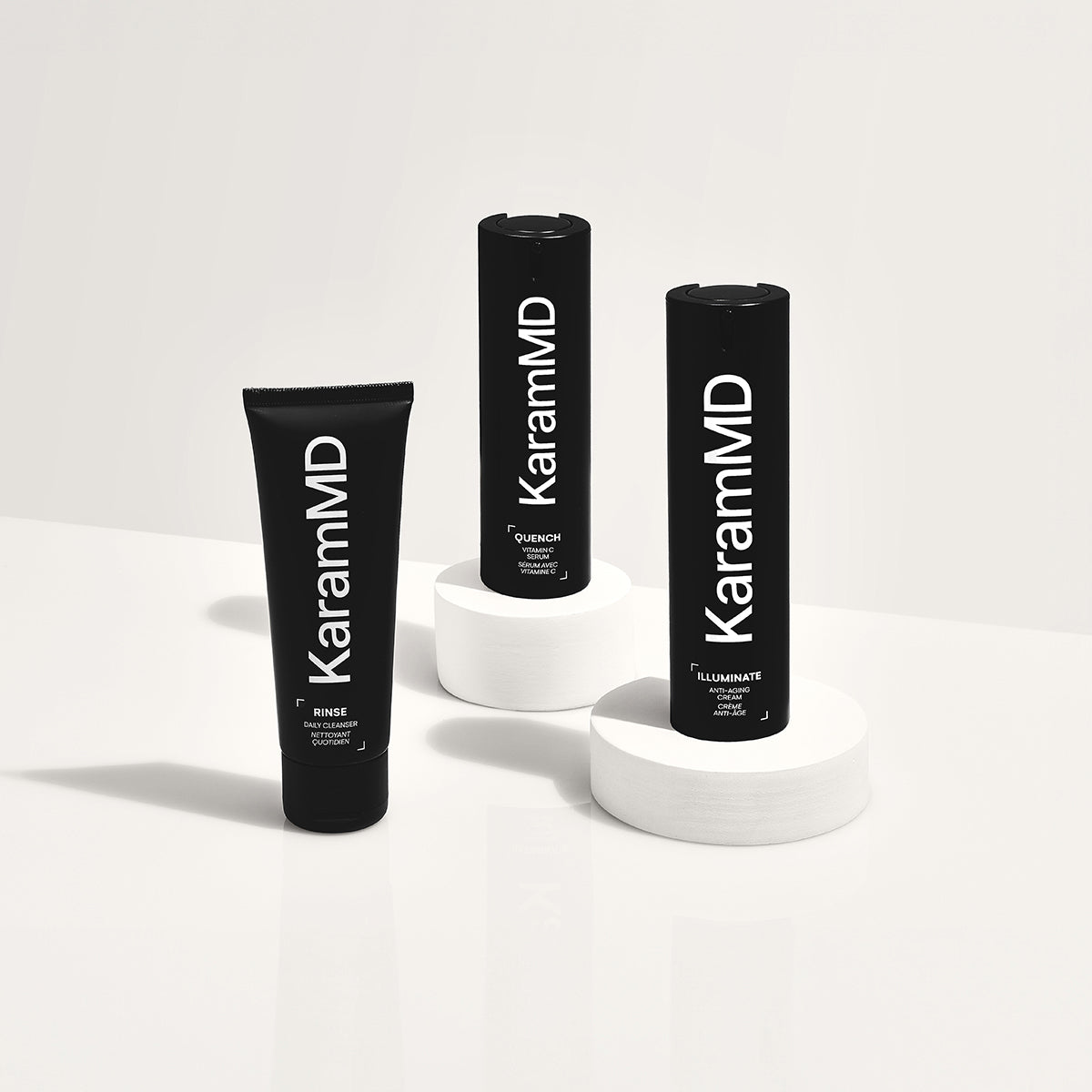
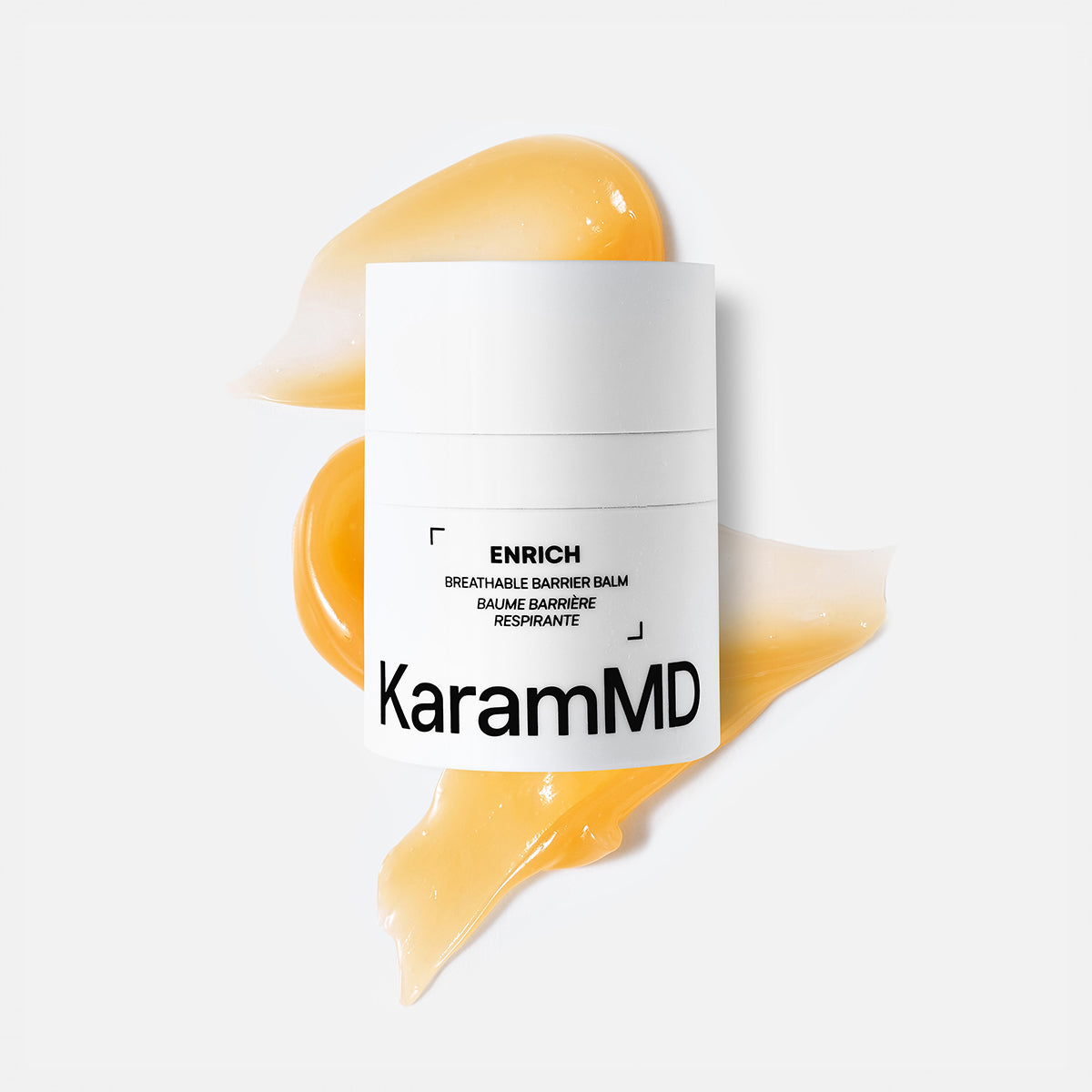
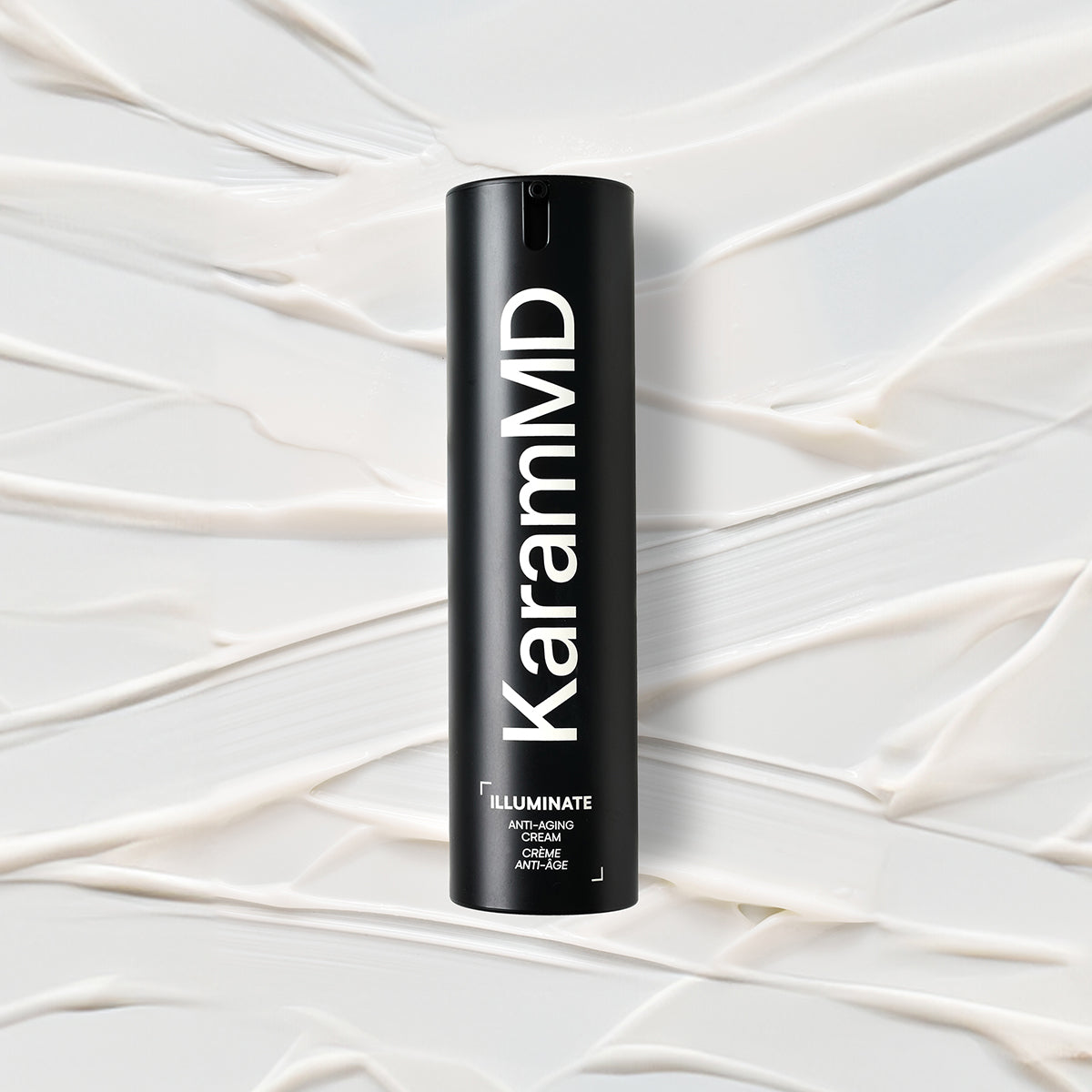
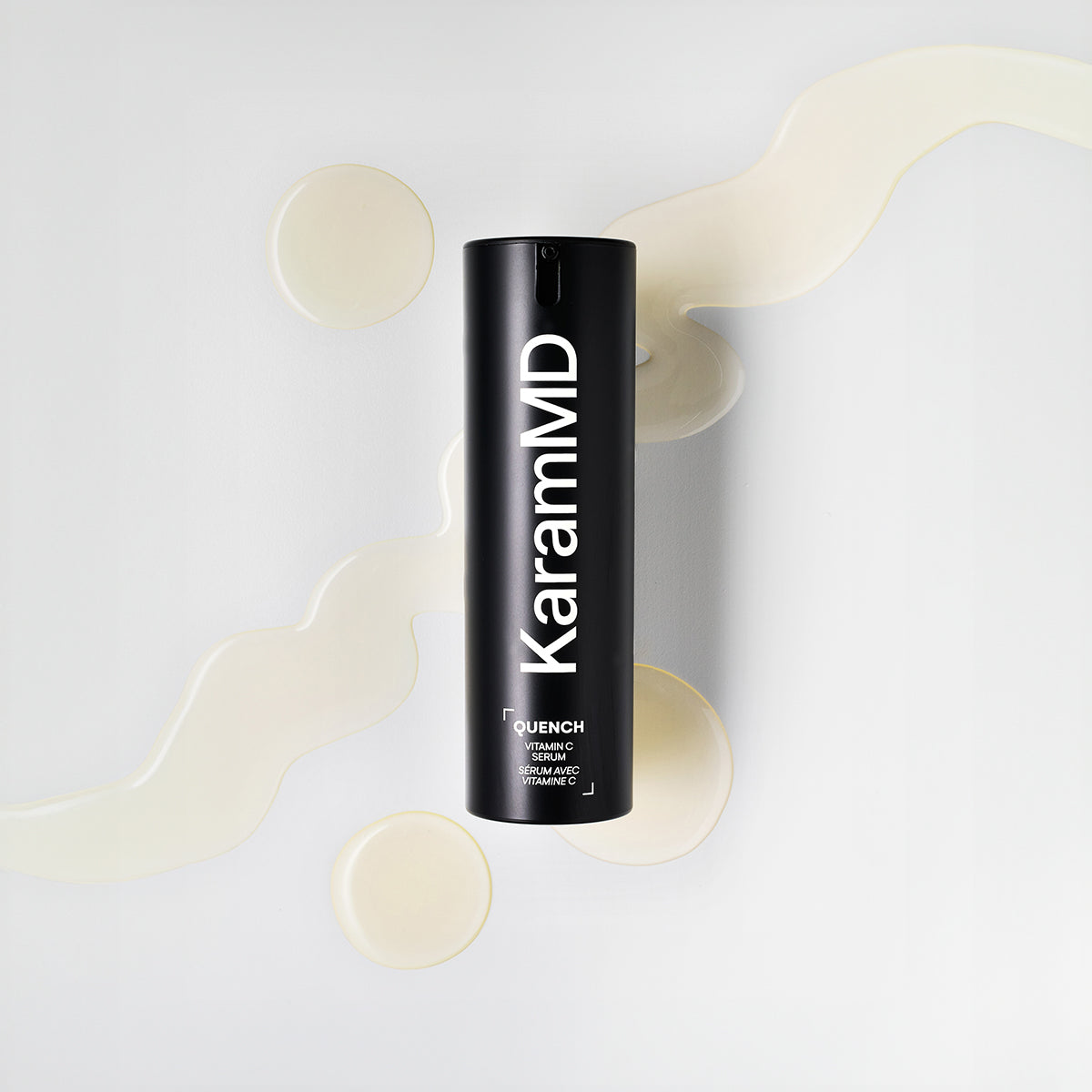
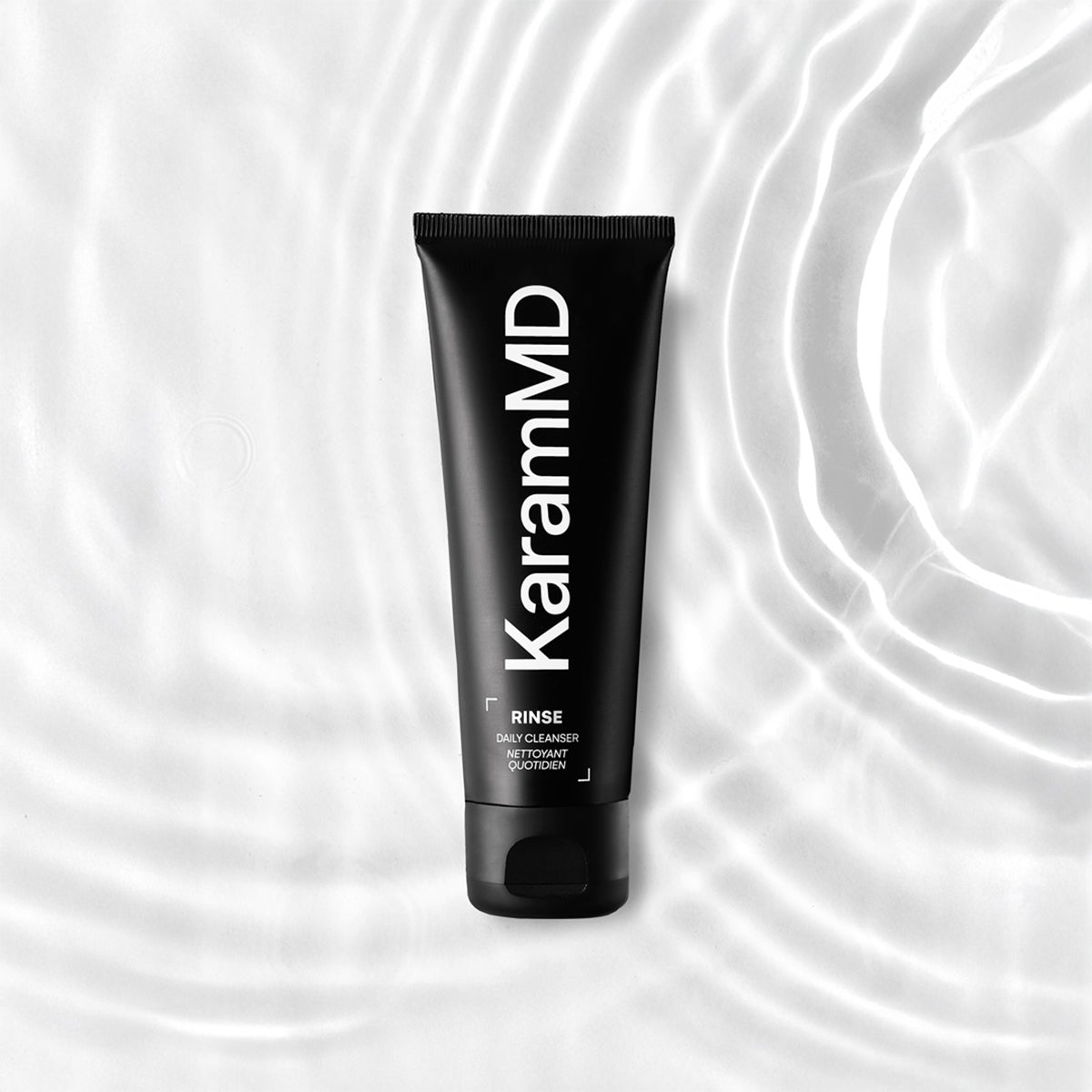
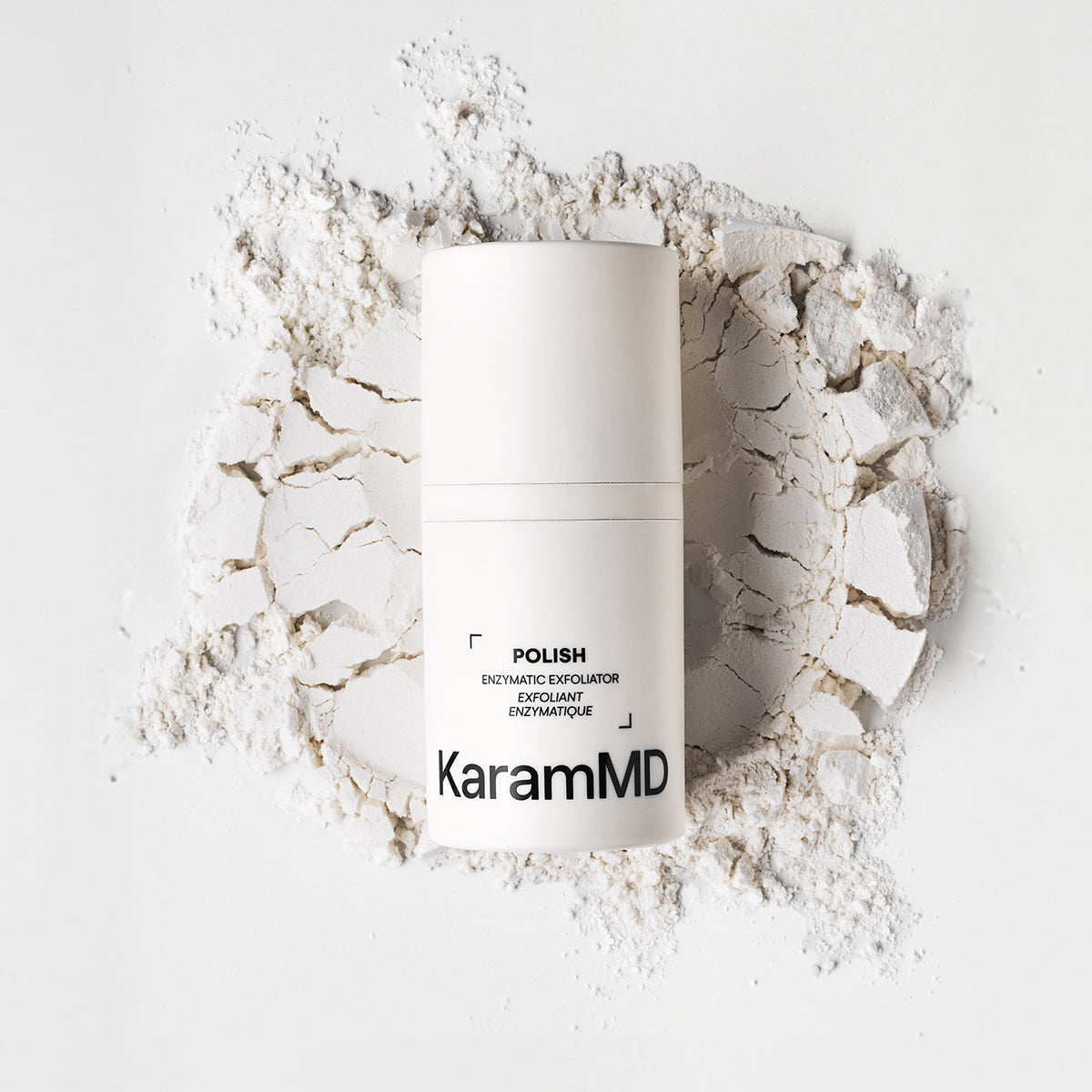
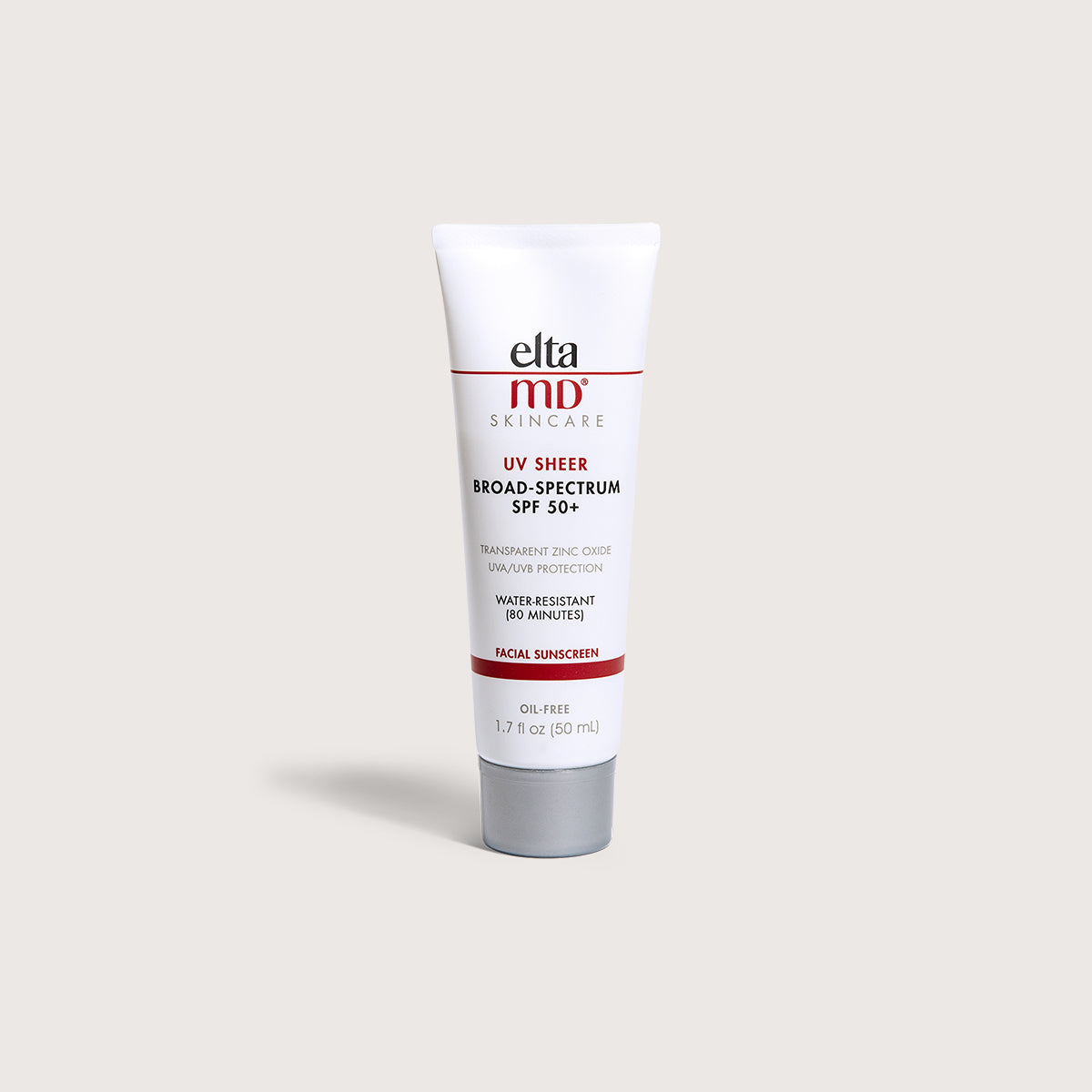
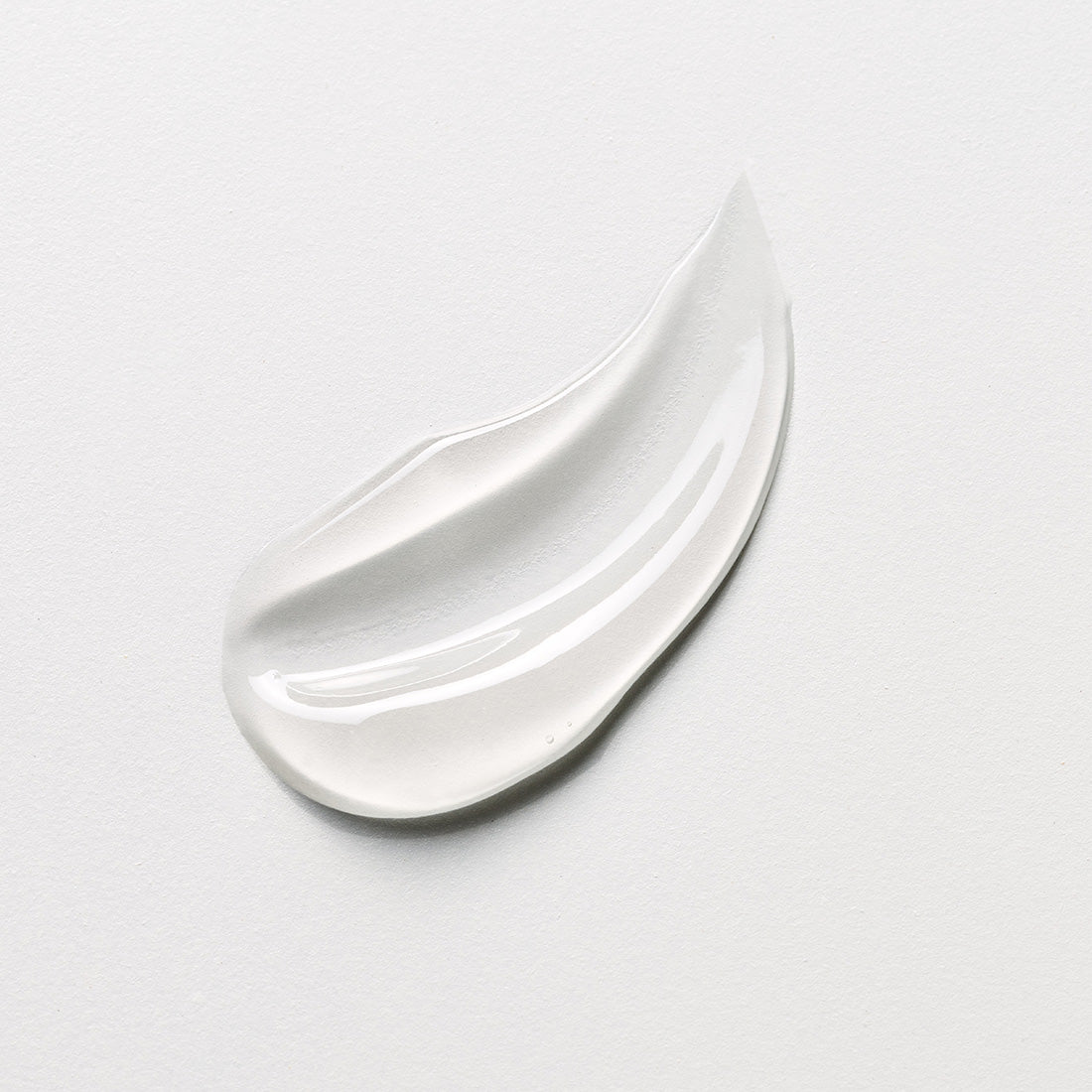

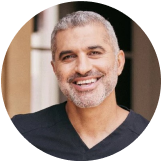

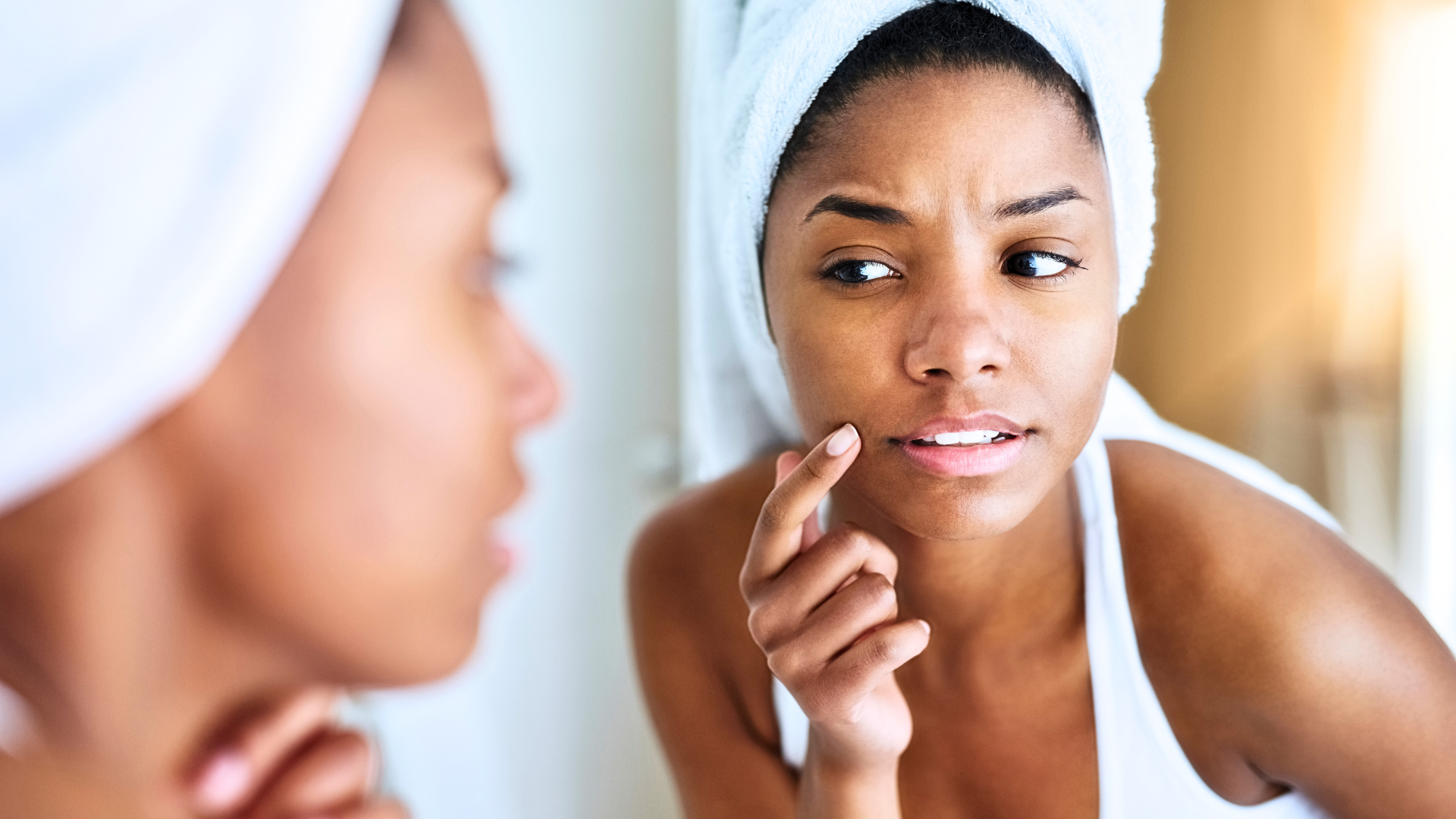

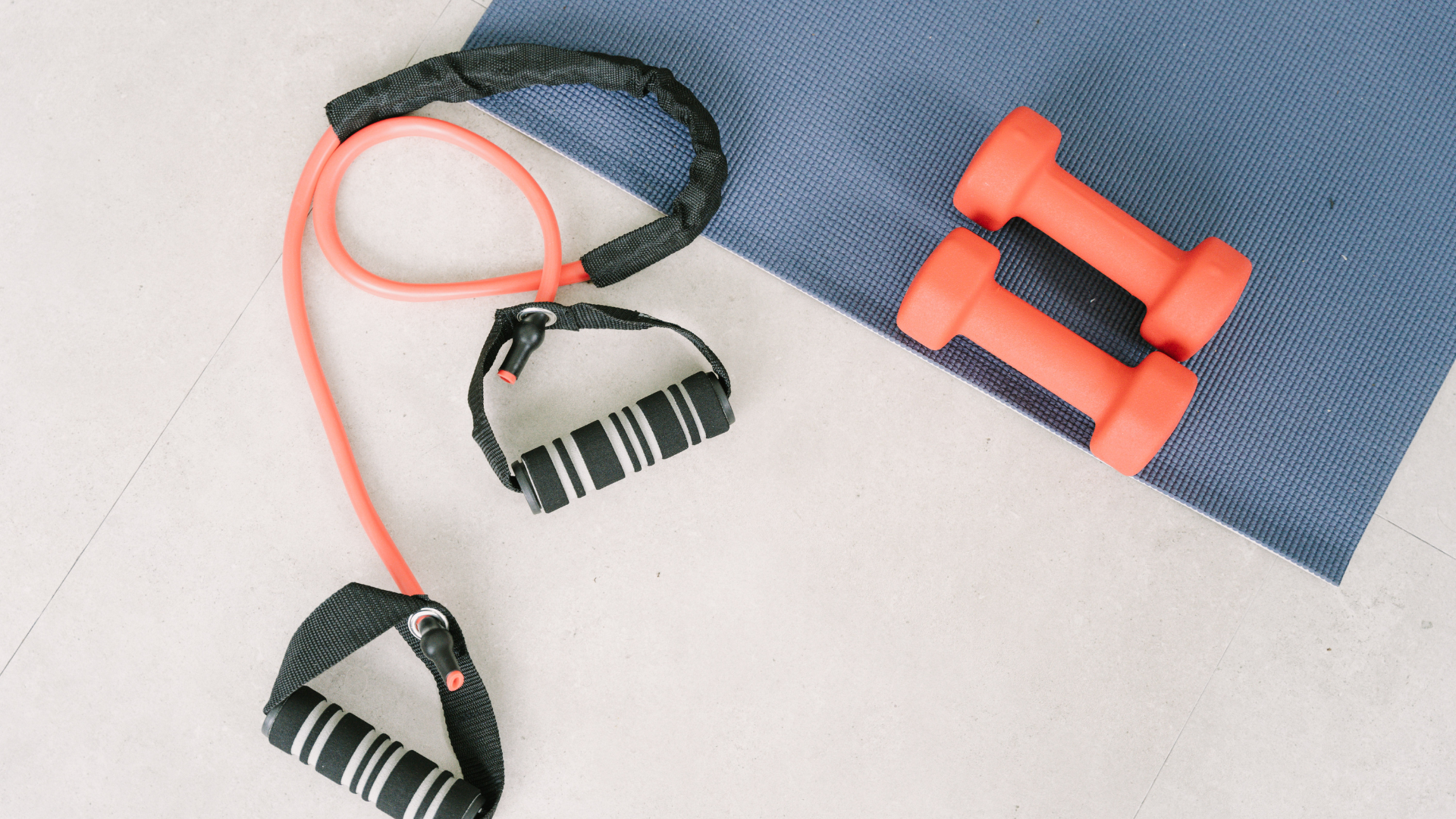
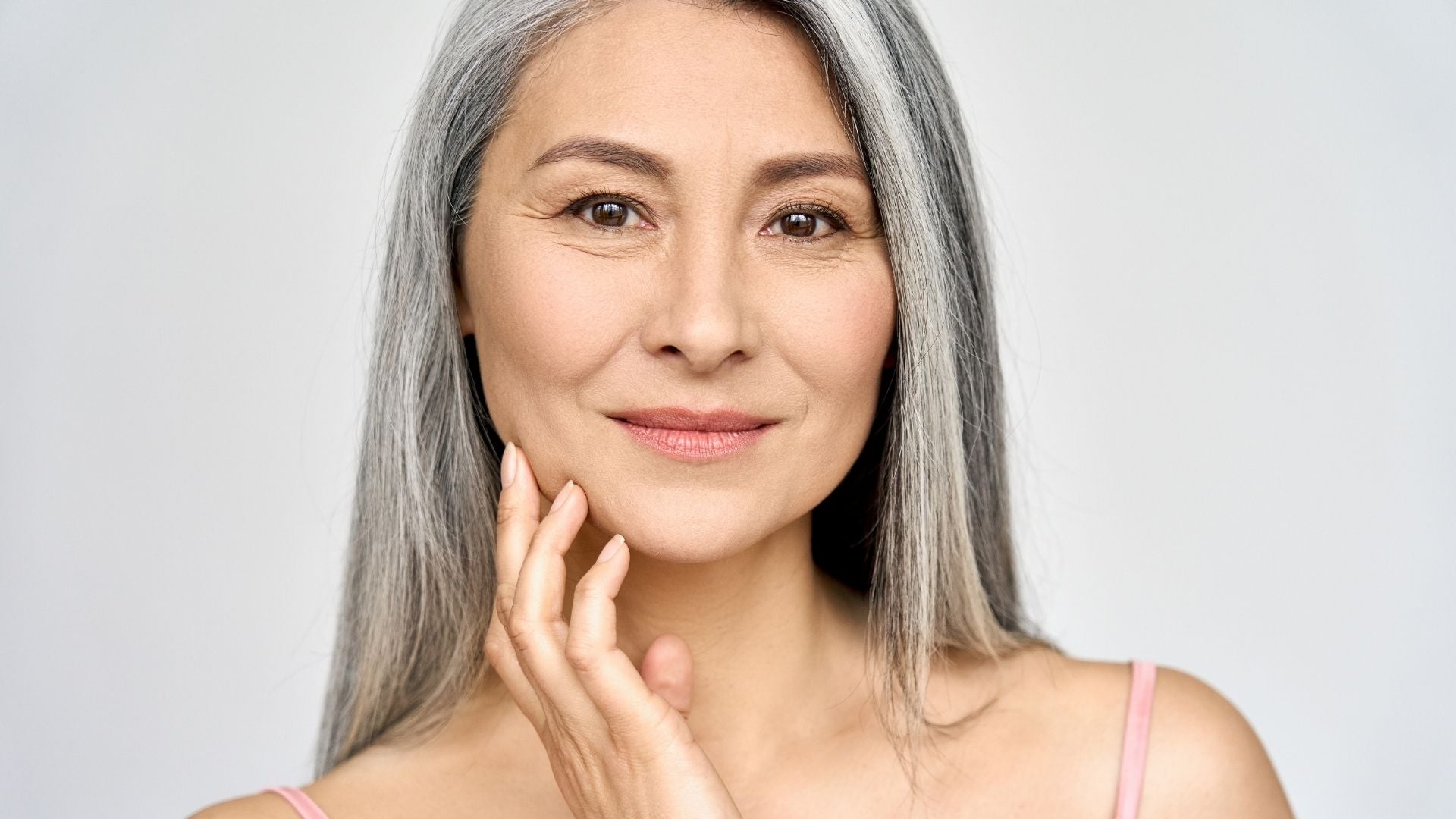
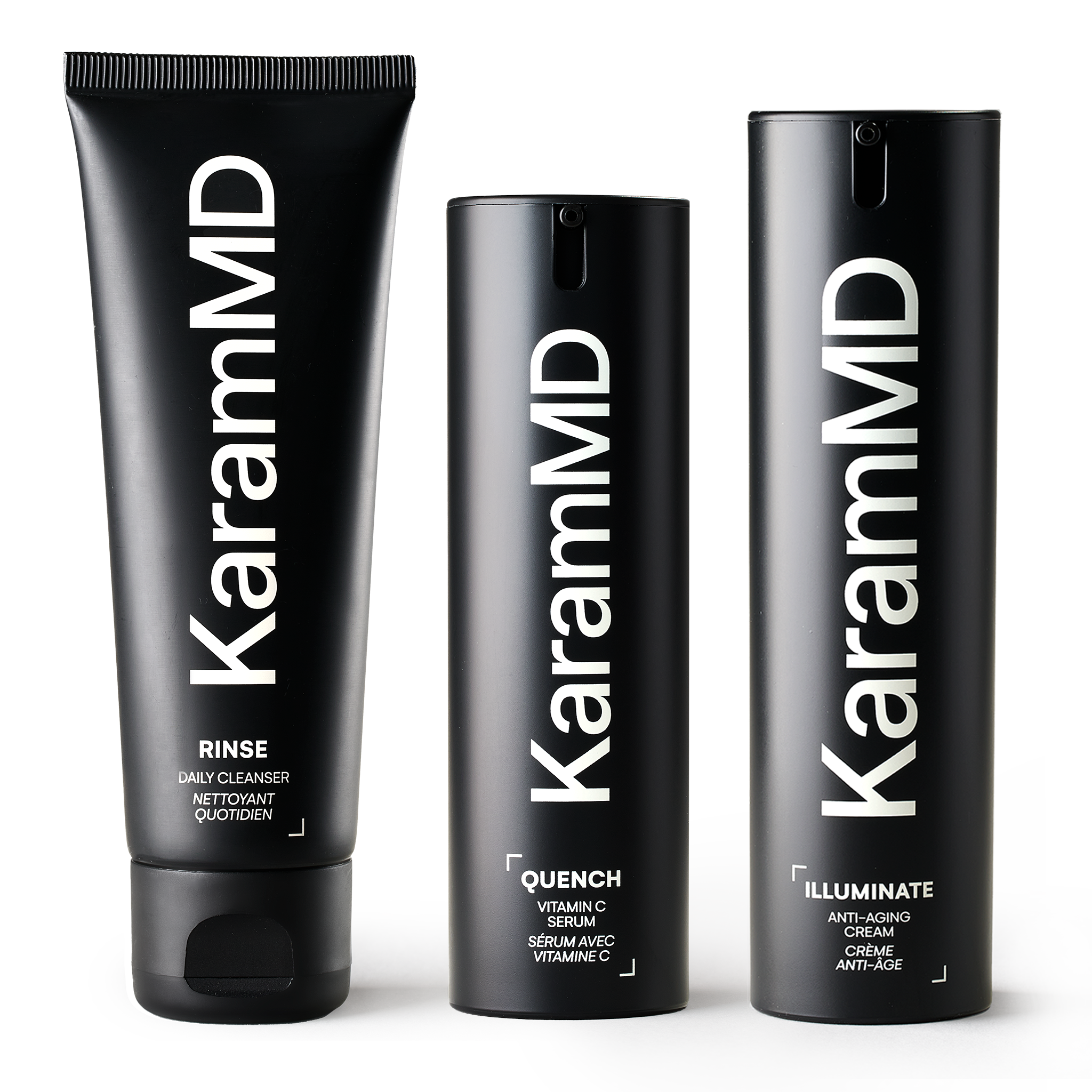
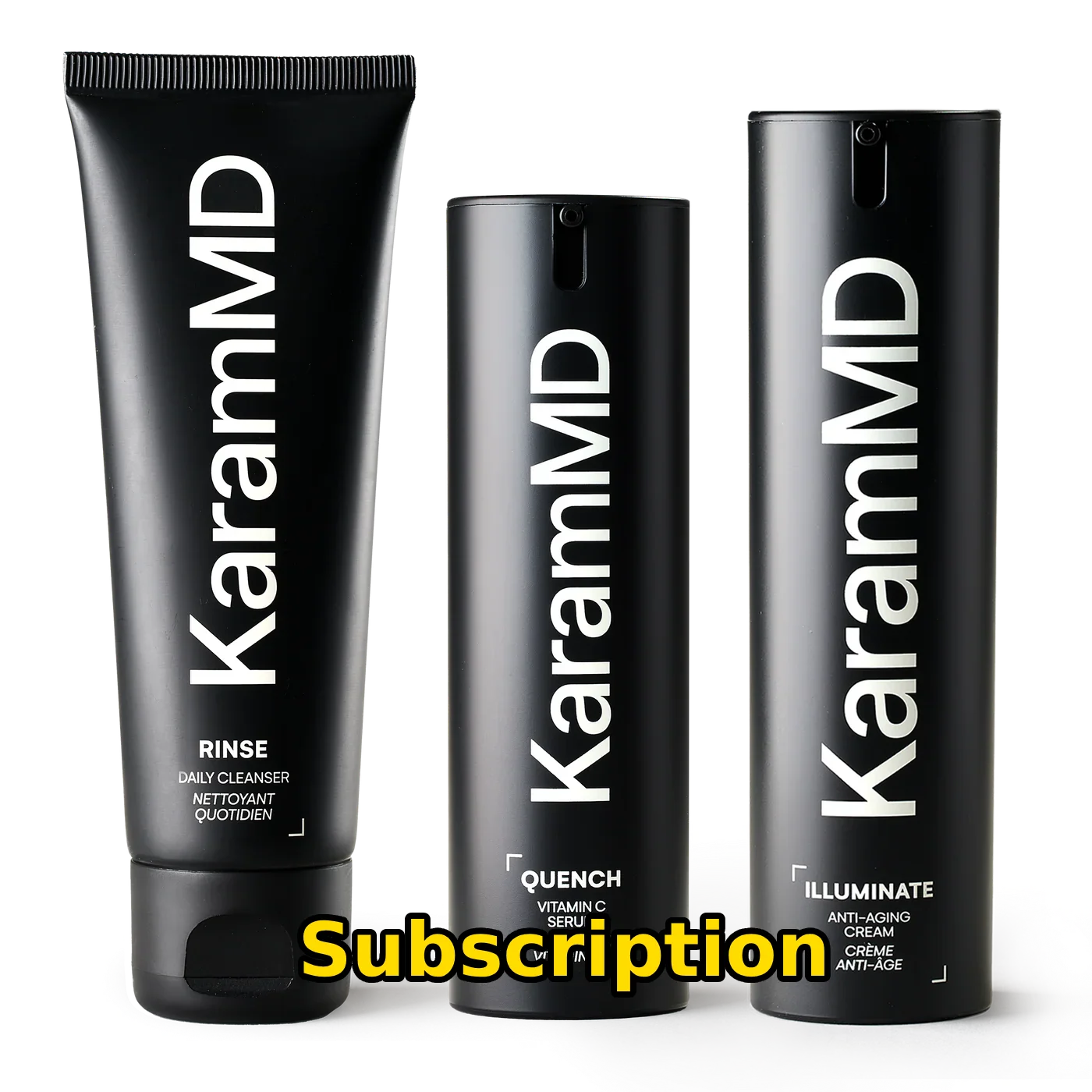
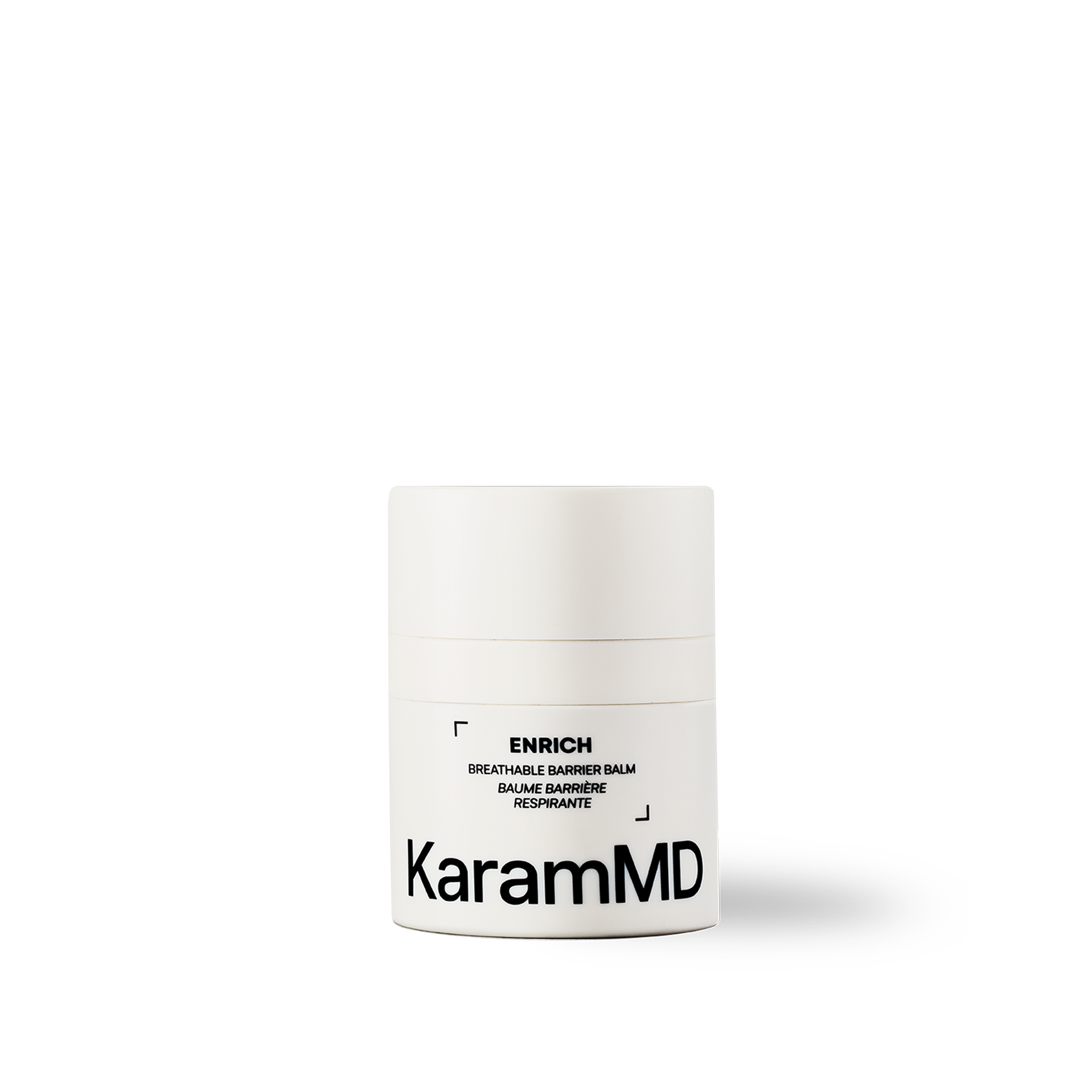
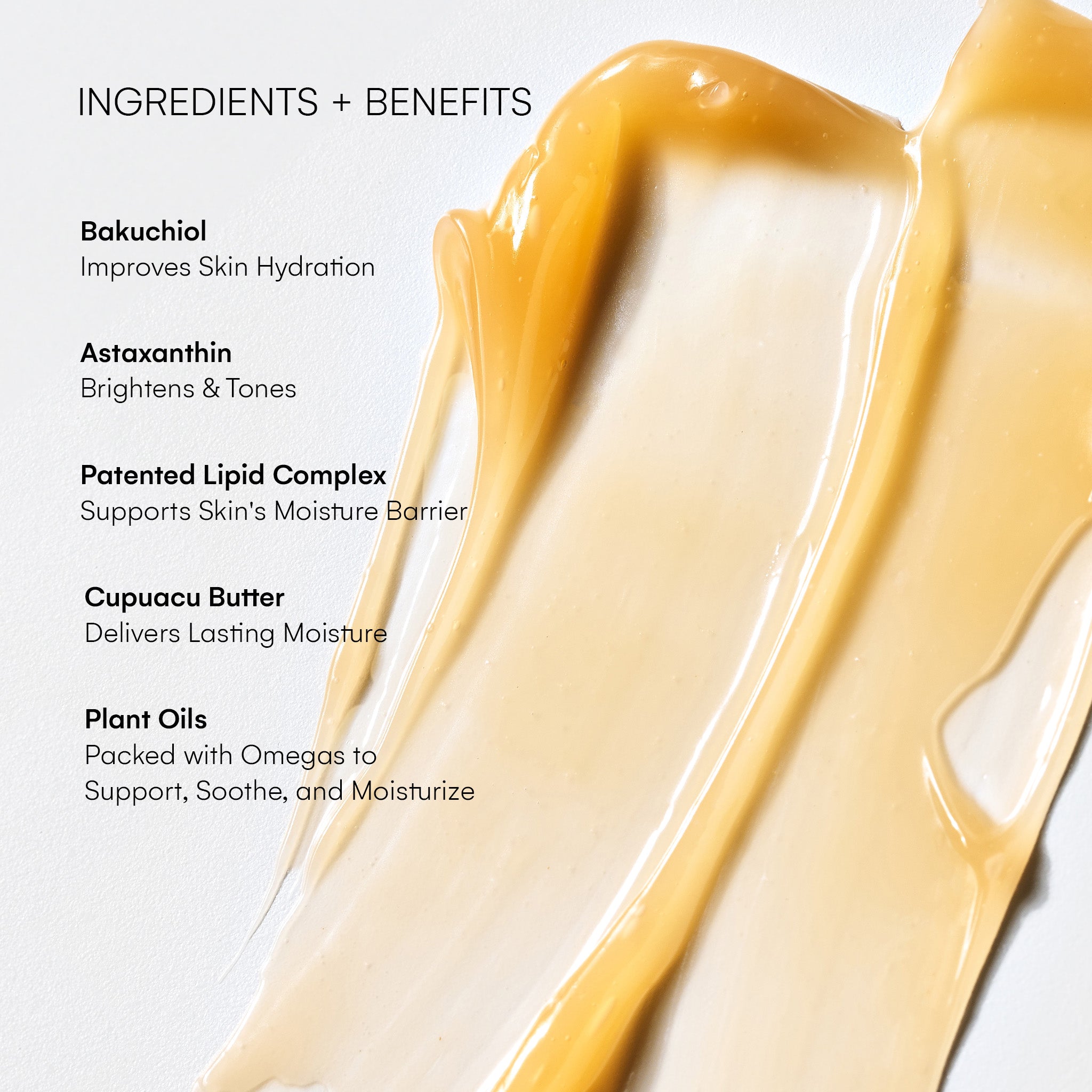
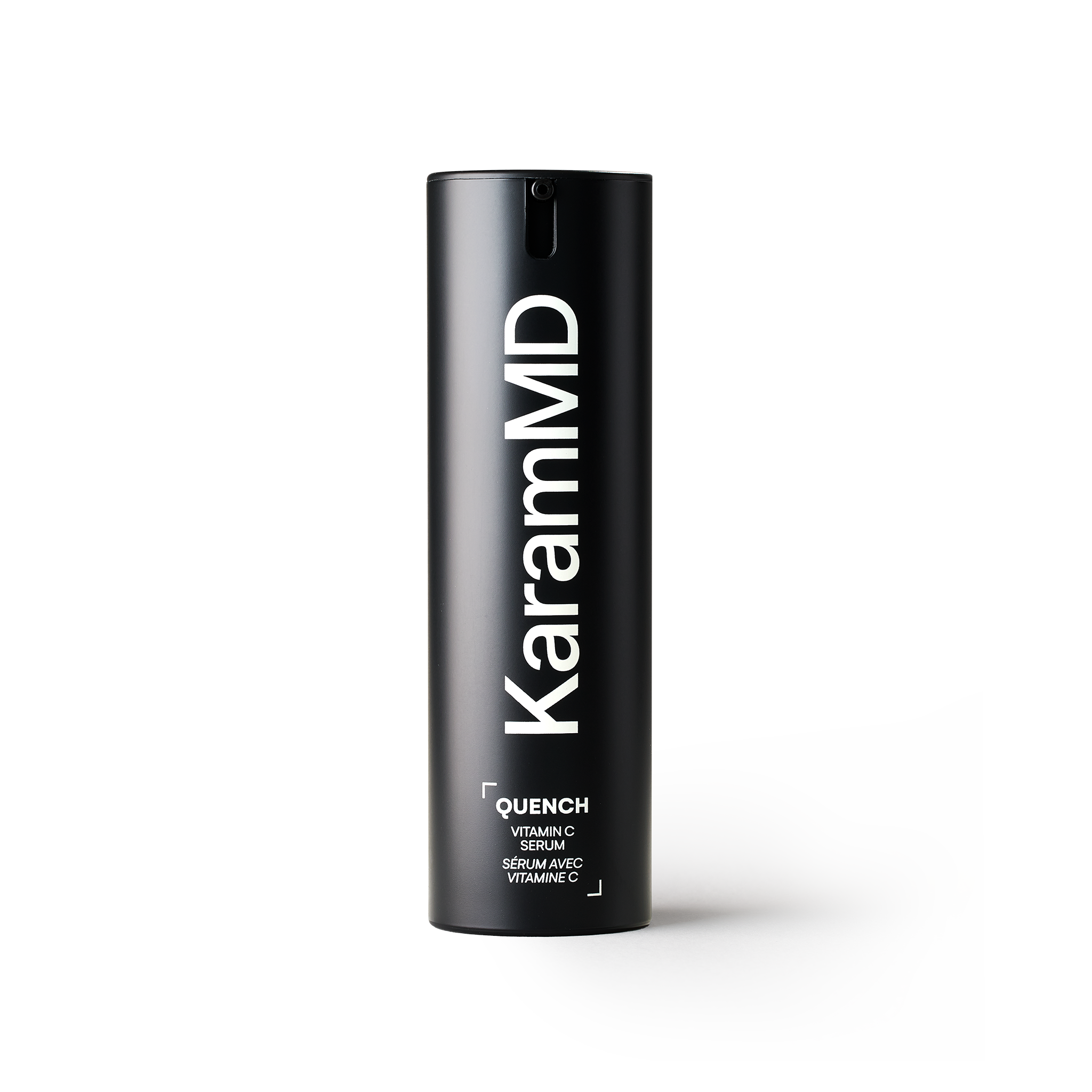
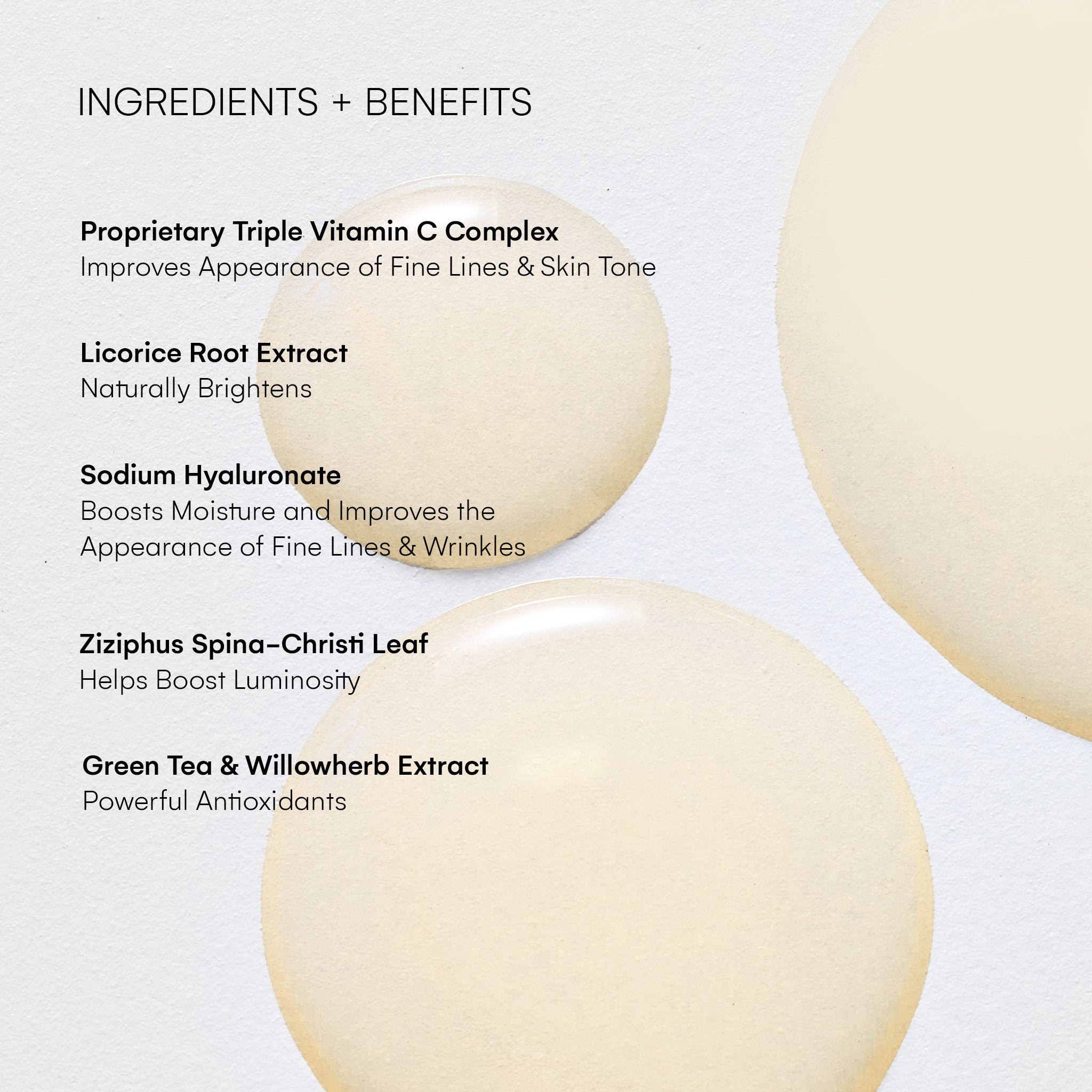
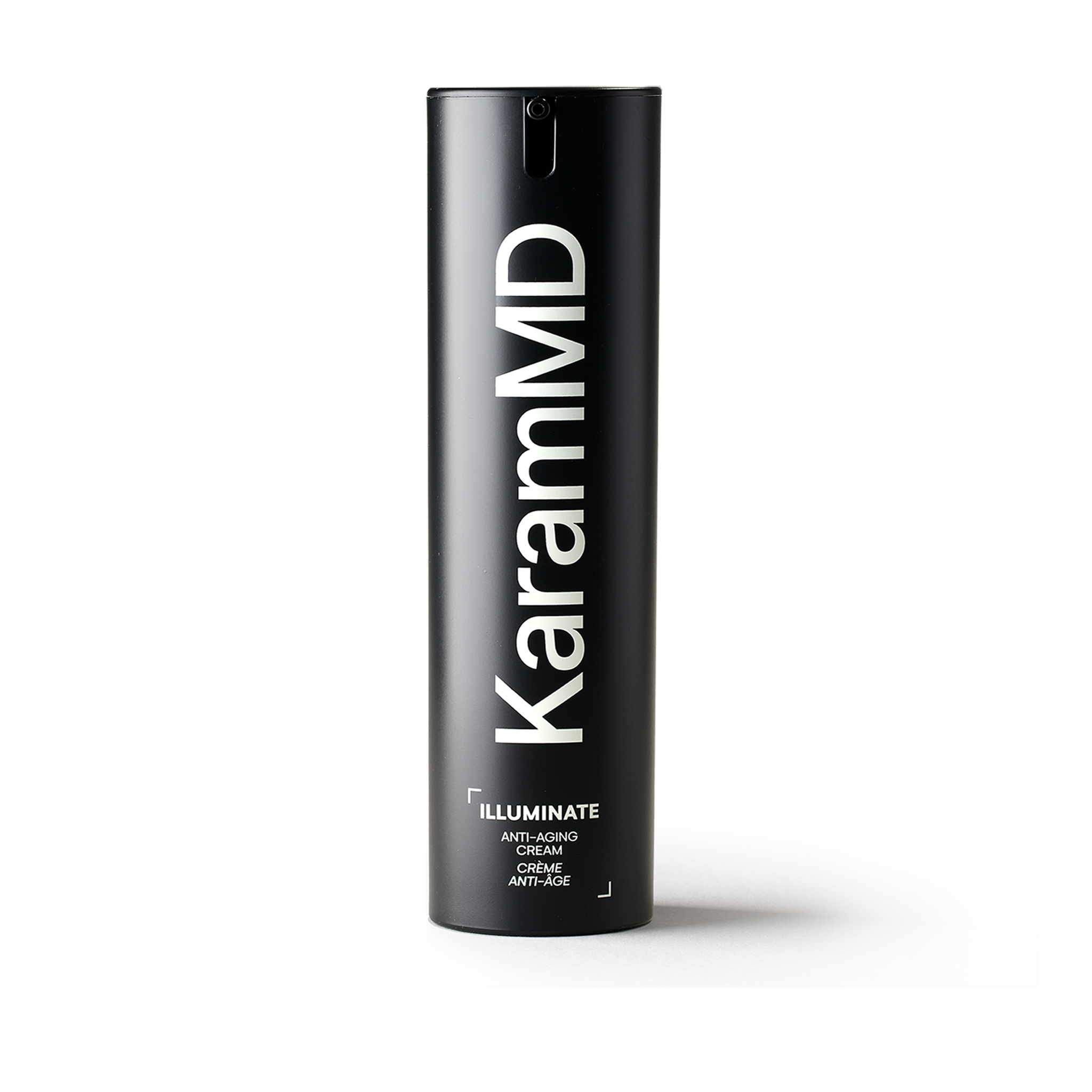
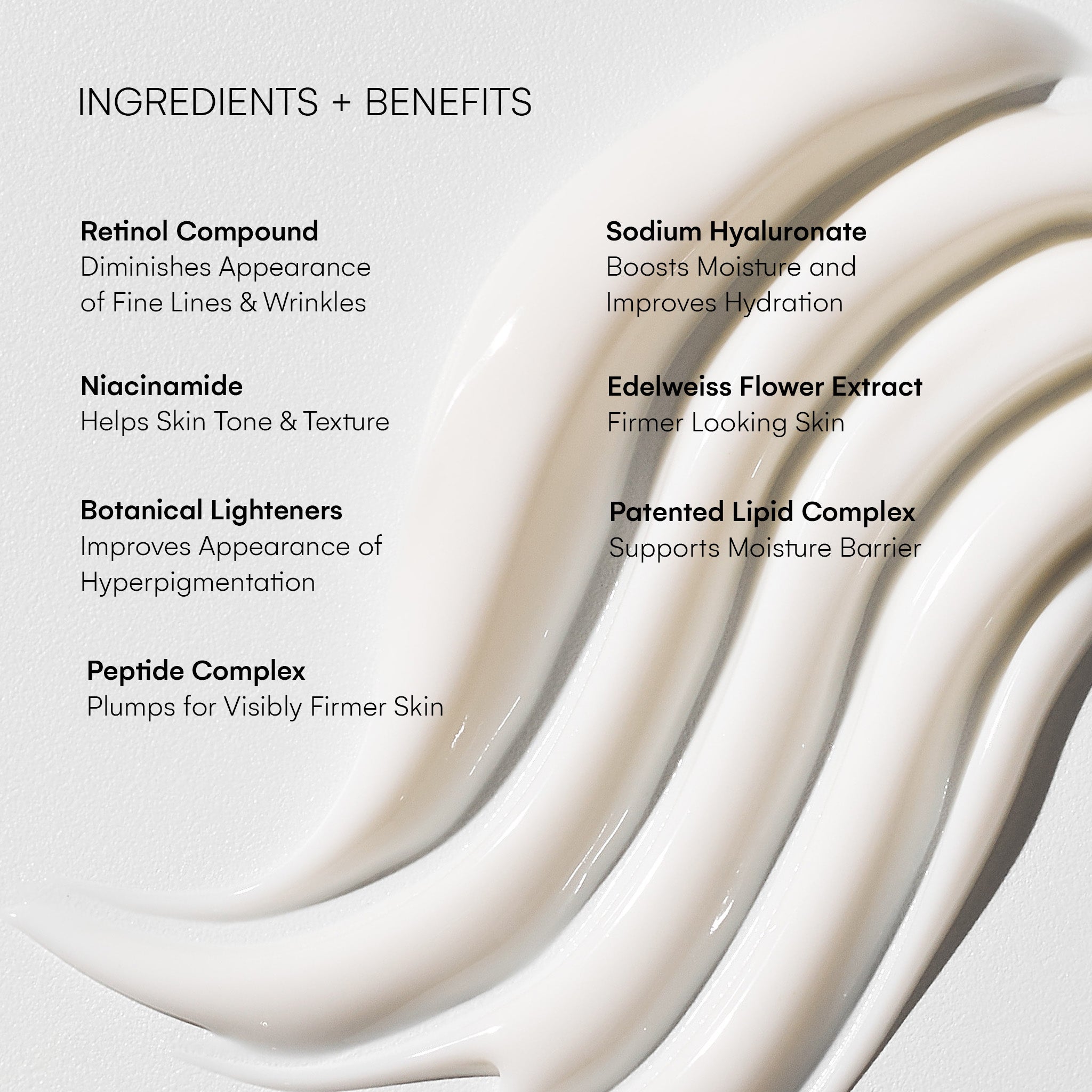
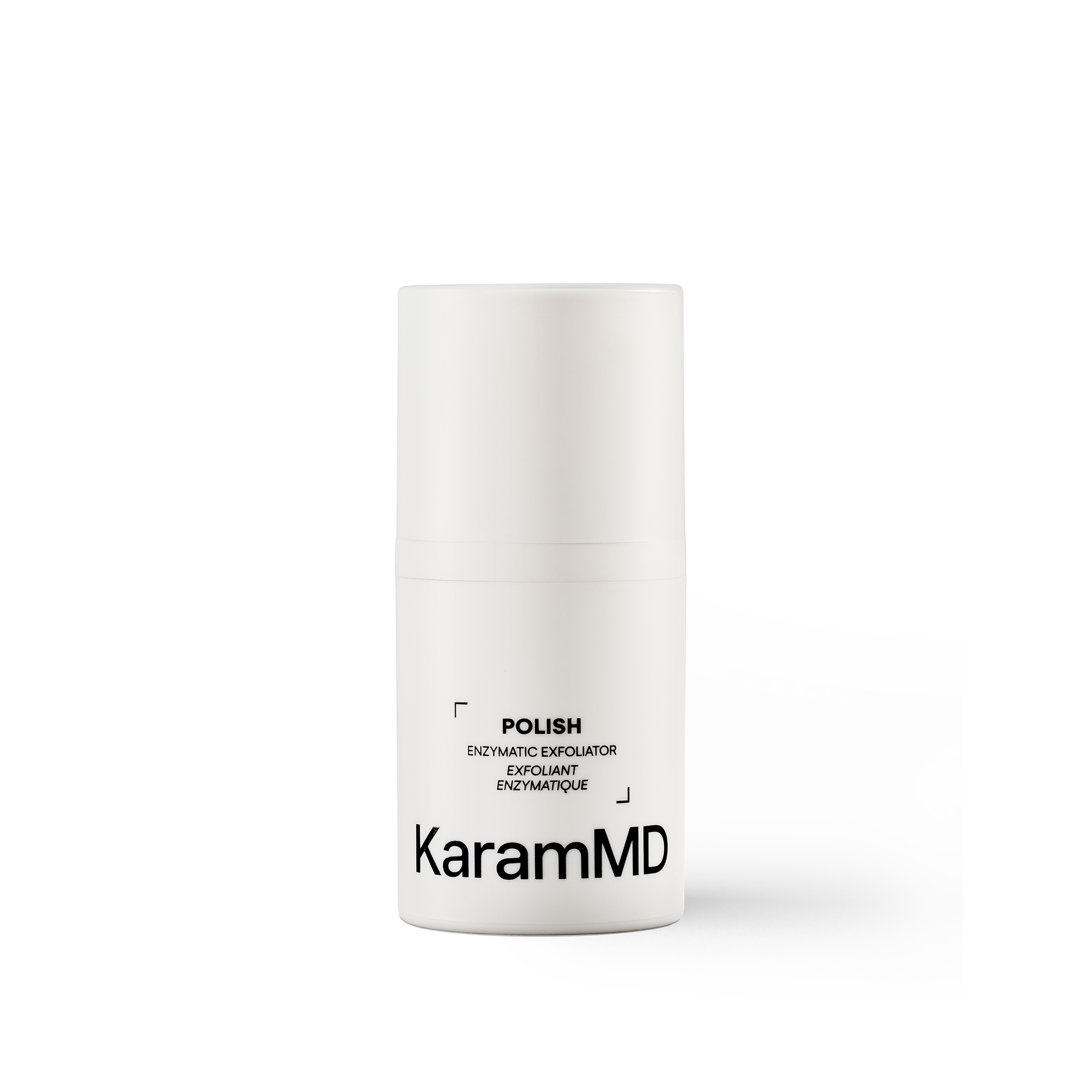



13 comments
Maria
Hi Dr Karam
Can you please advise your thoughts on Botox Vs Facial Exercises(Face Yoga)?
Would a person need botox if they do daily facial exercises to build the muscle, which in turn, lifts the skin?
Would doing facial exercises and having botox, reduce the effectivness of Botox?
Thank you
———
KaramMD Skin replied:
Hi Maria—Thanks for your comment! Facial exercises can help with muscle tone and circulation, but they don’t typically replace the effects of Botox, which works by relaxing specific muscles to smooth out dynamic wrinkles. Doing both won’t necessarily reduce Botox’s effectiveness, but overactive facial movements can sometimes counteract its smoothing effects. A combination approach tailored to your goals often works best.
>
Laurie Brigges
Dear Dr K, my husband has developed hemi facial twitching. His neurosurgeon recommended botox vs brain surgery and referred him back to the neurologist for some injections. (I worried about solely clinical vs solely aesthetic injection of botox.) He tried the neurologist…The outcome was not good. His mouth is paralyzed on one side and his speech is affected. Ach. Would a skilled plastic surgeon be able to achieve a better outcome? He looks like Popeyes when he smiles. It’s socially stigmatizing.
———
KaramMD Skin replied:
Hi Laurie—Thanks for your comment! We truly appreciate you taking the time to share your husband’s story—our hearts go out to both of you. We can only imagine how frustrating and disheartening this experience must be, especially when it’s affecting his confidence and quality of life. Botox can be an effective treatment for hemifacial spasm, but the placement, dosage, and technique are absolutely critical—especially when it’s being used for medical rather than cosmetic purposes. While neurologists are trained in therapeutic use, a highly skilled injector with experience in both the functional and aesthetic aspects—such as a board-certified facial plastic surgeon—may be able to achieve a more refined, balanced outcome. It’s worth seeking a second opinion from someone who is deeply familiar with both facial anatomy and muscle dynamics, to explore whether a more targeted approach could help minimize side effects and restore some symmetry and comfort. Please know that you’re not alone in this, and there are professionals out there who take this kind of result very seriously. Wishing your husband all the best on this journey to healing and feeling like himself again.
Patricia
I want the latest thank you
Patricia
Anything to teach me to use the right products for my face I am older much older, but I still care
———
KaramMD Skin replied:
Hi Patricia—Thanks for your comment! If you would like to have Dr. Karam’s Journal articles sent directly to your inbox, you can follow this link (scroll down to sign up): https://karammdskin.com/blogs/expert-advice/. These articles contain a wealth of information regarding skincare at any age. You might also find Dr. Karam’s Youtube channel helpful https://www.youtube.com/channel/UCXSWRM1E7gENmv0jC6gBOXw
Ghazala MIAN
Dear Dr Karam, in one of your YouTube video on red light skin and scalp therapy. Referred and showed some equipment but no detail or any reference link for us to check and review ! And your recommendation in each category. I dearly am looking that information and did not find in transcript either. Plz advise.
———
KaramMD Skin replied:
Hi Ghazala—Thank you for your comment! While we don’t have a specific recommendation for a red light therapy device, we’re happy to offer some guidance on what to look for when choosing a quality device. We recommend looking for devices that have been independently tested, offer wavelengths in the therapeutic range of 630-850 nm, and have sufficient power output (measured in mW/cm²) for effective penetration. Additionally, ensure the device is FDA-cleared or has certifications indicating safety and quality.
Leave a comment
All comments are moderated before being published.
This site is protected by hCaptcha and the hCaptcha Privacy Policy and Terms of Service apply.